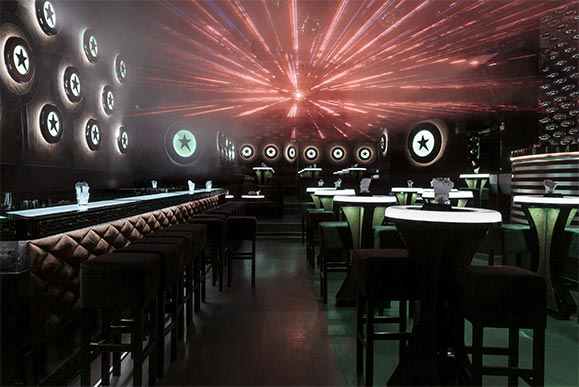
Roman Wall — The Ancient Defences of St Albans
Walk Beside Verulamium’s 1,800-Year-Old City Walls Verulamium Park, King Harry Lane, St Albans, Hertfordshire, AL3 4SWB
Specification
Echoes of an Empire
Beneath the streets of modern St Albans lie the remains of Verulamium, one of Roman Britain’s great cities.
The Roman Wall, built in the 3rd century AD, once enclosed this thriving town of merchants, temples, and mosaics.
Today, its surviving stretches wind through green parkland, letting visitors step back nearly two millennia.
It’s history you can walk beside.
From Prosperous Town to Fortified City
Verulamium grew after the Roman conquest of AD 43, prospering on the vital route of Watling Street.
Following raids and fires in the 2nd century, the townspeople rebuilt in stone and enclosed the settlement with massive flint and brick walls almost three kilometres long.
Therefore, these walls protected a city alive with workshops, villas, and bustling marketplaces — the ancestors of St Albans’ modern streets.
Exploring the Roman Wall
1. Verulamium Park
The best-preserved remains stand in Verulamium Park, bordered by lakes and meadows.
The wall’s flint core and Roman brick layers still rise several metres, showing extraordinary engineering skill.
Information panels explain its construction and later rediscovery.
2. The London Gate
Walk to the site of the London Gate, the main entrance for travellers arriving from Londinium.
You’ll see foundations of twin carriageways and guard towers.
In addition, signs reconstruct how carts once rumbled through these archways into the bustling city.
3. The Wall Walk
A gentle circular path follows the ancient line of the ramparts.
It connects the wall to the Verulamium Museum, where mosaics, coins, and pottery tell the story of daily Roman life.
Together, they make one of Britain’s most engaging urban archaeology experiences.
Learn more at the English Heritage site
A Legacy That Endures
The Roman Wall survived invasions, decay, and centuries of reuse.
Flint, chalk, and brick still gleam in sunlight, revealing how Roman builders balanced beauty and defence.
Furthermore, its preservation within a public park ensures that every visitor can experience history in open air.
It’s not just old stone — it’s the skeleton of an ancient city still shaping modern St Albans.
Visiting the Roman Wall
How to Get There
Address: Verulamium Park, St Albans AL3 4SW
By Car: Parking at Verulamium Museum (off St Michael’s Street)
By Train: St Albans City or Abbey Stations (≈ 15 min walk)
By Bus: Frequent routes from city centre
Opening Hours & Admission
Open daily, dawn to dusk
Free entry
Facilities
Café and toilets in Verulamium Park
Step-free paths and benches along the walk
Museum and gift shop nearby
Nearby Attractions
Verulamium Museum — Roman artefacts and mosaics
St Albans Cathedral — Norman Gothic masterpiece
Old Gorhambury House — Tudor ruins in parkland
Sopwell Nunnery Ruins — Medieval remains by the River Ver
Together, these sites form the St Albans Heritage Trail.
Why Visit the Roman Wall of St Albans?
The Roman Wall offers:
Authentic ancient defences in a green urban setting
Engaging walks and interpretive panels
Free access and family-friendly routes
Links to Verulamium Museum and park trails
Whether you’re a casual stroller or a Roman-history enthusiast, this site combines archaeology, nature, and storytelling in one easy visit.
It’s not just a monument — it’s the living edge of Roman Britain.






No Reviews